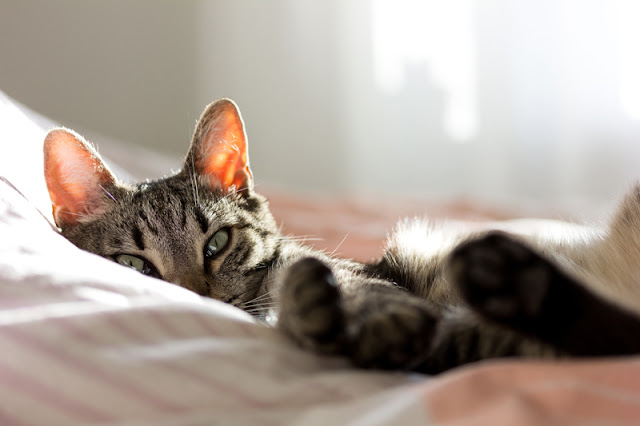Some of my favourites from around the web this month
"“There are researchers who, it seems, do not want fish to be included in this secret club,” he said. “Because then that means that the [primates] are not so special anymore.”" A ‘self-aware’ fish raises doubts about a cognitive test by Elizabeth Preston.
“A while ago I saw a dog training guide that recommended that someone put a shock collar on their puppy and then hold down the shock button…” Yes, I’m angry about that training advice by Kristi Benson CTC.
“It may start as nothing but a temporary relief or a distraction, but it may also grow into a newfound appetite for life.” How to get your anxious dog to play by Sylvie Martin CTC at Crosspaws Dogs (don’t miss the lovely video).
"The main point is that there aren't any definite answers to many questions about dog behavior, dog etiquette, and dog-human interactions." Dr. Marc Bekoff on what we know and don’t know about dogs.
“As an assistant clinical professor of veterinary medicine and veterinary behaviorist, I have experience in small animal care and animal behavior, and I am concerned about the welfare of animals on planes as well as the humans. The issues are more complicated than many imagine. “ Flying with emotional support animals: the ups and downs of life in coach by Dr Christine Calder.
“Even though it seems to be only an issue of semantics, there are associations with the concept of a pack that can harm the human—companion animal bond.” On your best behaviour: moving beyond “leader of the pack” by Dr Ilana Reisner.
"Don’t get me wrong. The dog owner means well. They are out there walking with their dog and that’s more than many dogs get." Does your dog secretly hate his walk? by Tim Steele CTC at Behavior Matters Academy.
"I have a lot of vegetarian friends and most of them are happy." The puzzling link between vegetarianism and depression by Prof. Hal Herzog.
There are some great photos here. The comedy wildlife awards 2018.
There are also some lovely wildlife photos in the Royal Society Publishing Photography competition 2018. My favourite is the waxwing.
“With a tongue like this, they don’t need human help to stay fresh.” High speed video of cat tongues reveals another reason why they are superior, by Emma Betuel.
Do we know if a Great Dane meeting a Chihuahua recognises it as another dog? Naked Scientists asked Dr. Charlotte Duranton and Prof. Donald Bloom for their podcast.
Christmas videos
These two lovely Christmas videos are from British animal welfare charities. First up, this video from Cats Protection is based on a true story.
And secondly, there is this heart-warming Christmas video from the RSPCA.
Companion Animal Psychology Book Club
This month the Animal Book Club is reading The Genius of Dogs: How Dogs Are Smarter Than You Think
You can find a full list of all the books at amazon.com/shop/animalbookclub (I earn from qualifying purchases) or on the book club page, which is where you'll find more information including how to join.
Support Companion Animal Psychology
If you love Companion Animal Psychology and find it a useful resource, did you know you can support me on Ko-fi?
Ko-fi is like a tip jar that lets you buy a coffee for creators whose work you like.
This month I’d like to say a special thank you to Canine Kismet, Sandy and Connor, Kim Tudor, and an anonymous person for their support. It is very much appreciated!
Here at Companion Animal Psychology
Last month, Do You Believe in Dog? had an amazing campaign to use canine science to get girls interested in studying science. I was honoured to be one of the women they chose to include. In case you did not see it yet, be sure to check out their post about how women are thriving in canine science. I wrote about their campaign at Psychology Today, encouraging girls to be scientists with a girl’s best friend.
Also over at Psychology Today, I wrote about a study of whether dogs can create connections for people with intellectual disabilities who live in supported housing (short answer, yes).
Here on the blog, I wrote about the Five Freedoms and what they mean to you as a pet owner. I covered a fascinating study about whether dogs, cats or humans make the best sleep partner (and I’ve loved all the photos and stories you’ve shared with me about where your pets sleep).
And my most recent post looks at why you should not punish your dog for peeing in the house.
Apart from that, I have been working on another round of edits for my book. It will keep me busy over the holiday season!

































